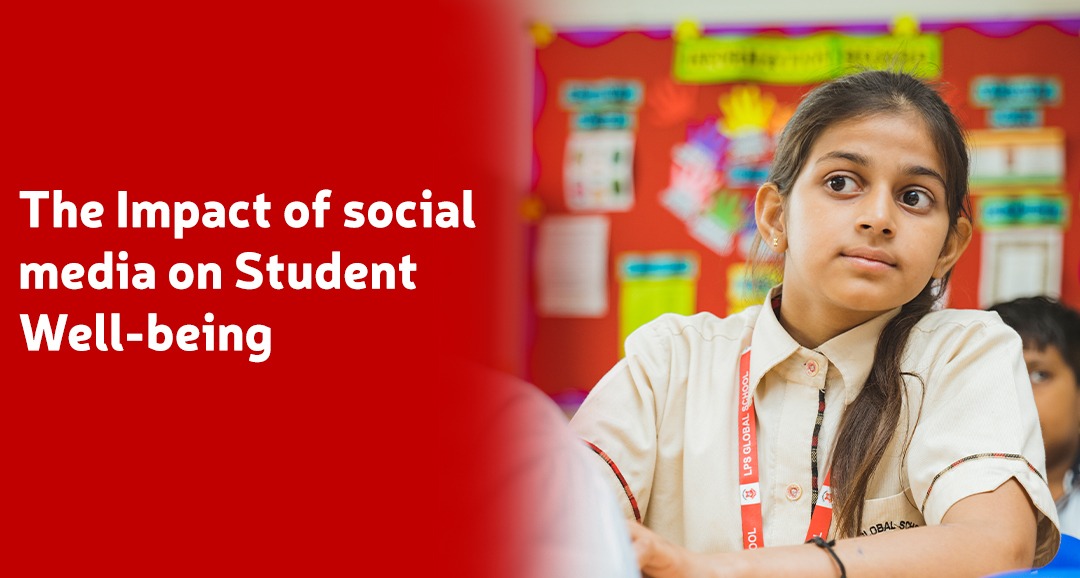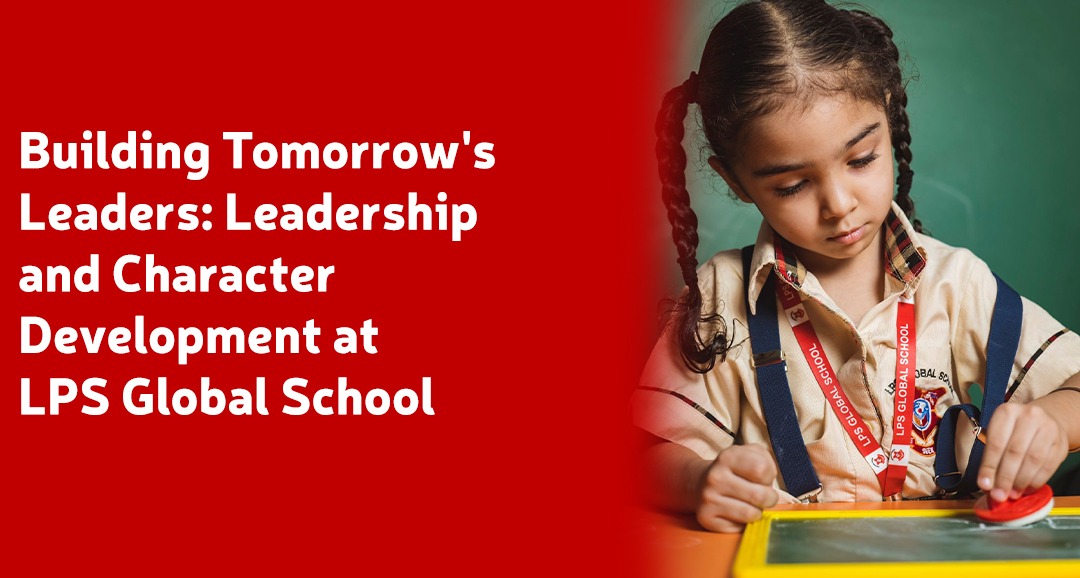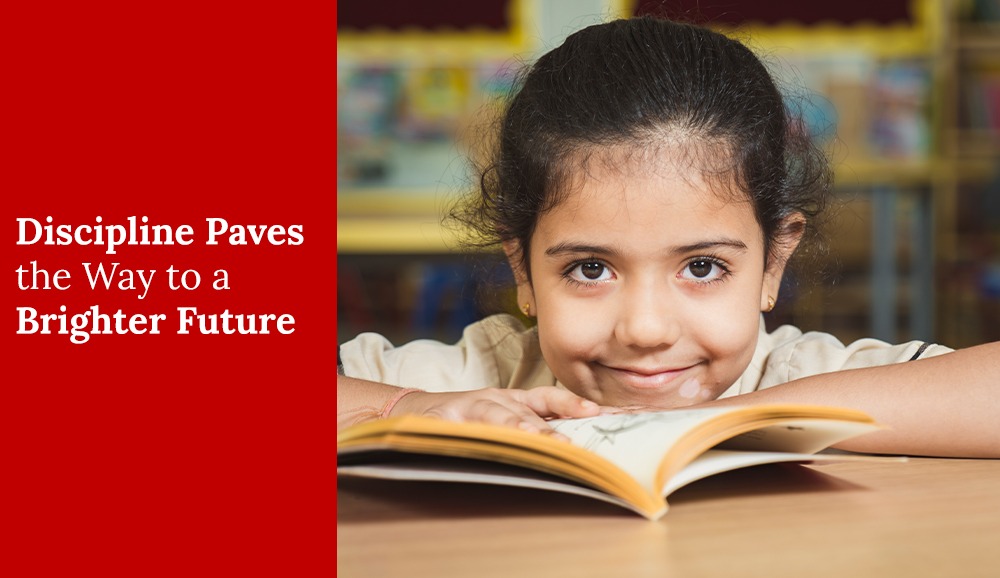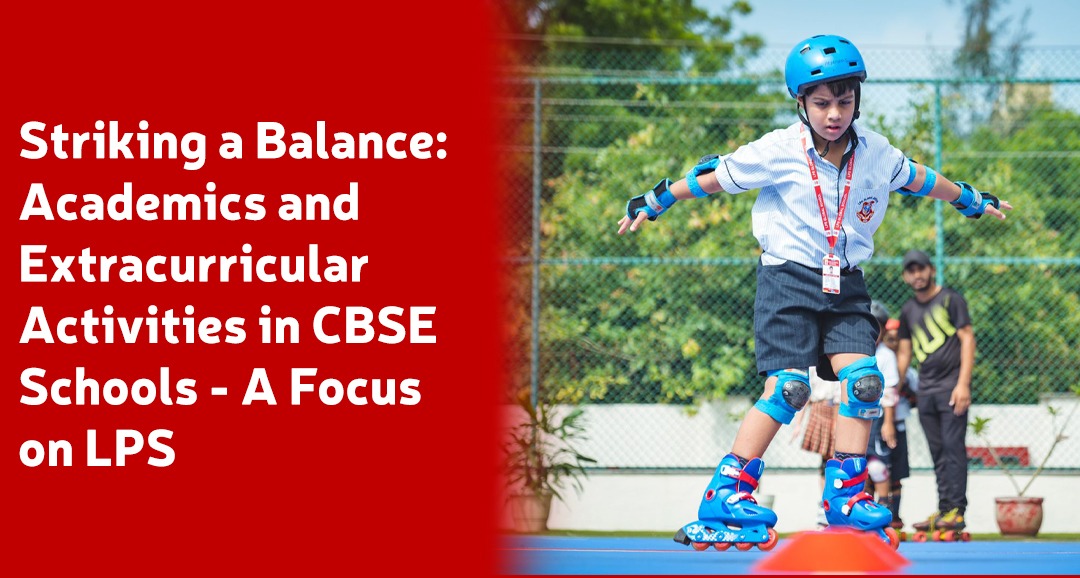Introduction
Social media has become an integral part of modern life, especially for students. It offers connectivity, information, and entertainment at the touch of a screen. While there are undeniable benefits to using social media, it’s essential to explore the impact it has on the well-being of students. LPS Global School, best school in Noida, explores the intricate interplay between social media and student well-being, carefully analysing both the advantages and potential drawbacks.
The Positive Influence of social media
- Social Connection: Social media platforms enable students to connect with friends, family, and peers, especially when they are physically distant. This connectivity can combat loneliness and foster a sense of belonging.
- Information Sharing: social media serves as a valuable source of information and news. Students can access a wide range of educational content, stay updated on current events, and engage in discussions about important issues.
- Networking: Platforms like LinkedIn provide opportunities for students to network with professionals and potential mentors. Building a professional online presence can be advantageous for future career prospects.
- Support Communities: Social media offers support groups for various interests and issues, such as mental health, LGBTQ+ support, or academic topics. These communities can be a source of guidance and empathy.
- Creativity and Expression: Students can use social media to showcase their creative talents, whether in art, writing, music, or other forms of expression. Feedback and validation from peers can boost self-esteem.
The Negative Impact on Student Well-being
- Comparison and Self-esteem: One of the most significant challenges posed by social media is the tendency for students to compare themselves to others. Constant exposure to curated, idealized lives can lead to feelings of inadequacy, anxiety, and diminished self-esteem.
- Addiction and Procrastination: Excessive use of social media can lead to addiction-like behaviours, distracting students from their academic responsibilities and reducing productivity.
- Cyberbullying: Social media platforms can become breeding grounds for cyberbullying. Hurtful comments, exclusion, and harassment can take a severe toll on a student’s mental health.
- FOMO (Fear of Missing Out): Students may experience FOMO when they see peers engaging in activities they were not invited to. This fear can lead to feelings of isolation and depression.
- Mental Health Concerns: The constant exposure to curated and often unrealistic content can contribute to feelings of anxiety, depression, and loneliness. The pressure to maintain a positive online image can be overwhelming.
Strategies for Positive Engagement
While the negative aspects of social media are apparent, it’s possible to navigate these platforms in a way that promotes well-being:
- Mindful Consumption: Encourage students to be mindful of their social media usage. Set boundaries for screen time and prioritize face-to-face interactions.
- Digital Detox: Periodically disconnect from social media to reduce the constant stream of information and to focus on other aspects of life.
- Privacy Settings: Teach students to adjust privacy settings to control who can view their content. This can help protect them from cyberbullying and maintain a sense of security.
- Critical Thinking: Promote critical thinking skills to help students discern between credible and unreliable sources of information and to recognize unrealistic portrayals on social media.
- Positive Online Communities: Encourage students to engage with positive and supportive online communities that align with their interests and values.
- Mental Health Awareness: Foster open conversations about mental health, encouraging students to seek help if they experience negative emotions related to social media.
- Balanced Lifestyle: Emphasize the importance of a balanced lifestyle that includes physical activity, face-to-face socialization, and time away from screens.
Conclusion
Social media is a double-edged sword, offering both opportunities and challenges for student well-being. It can enhance connectivity, knowledge, and creative expression, but it can also lead to comparison, addiction, and cyber bullyingis the best school in noida. To harness the positive aspects of social media while mitigating the negative impact, students must develop mindful and responsible online behaviours. Educators and parents play a crucial role in guiding students toward a balanced and healthy relationship with social media, ensuring that it enriches their lives rather than detracts from their well-being.




